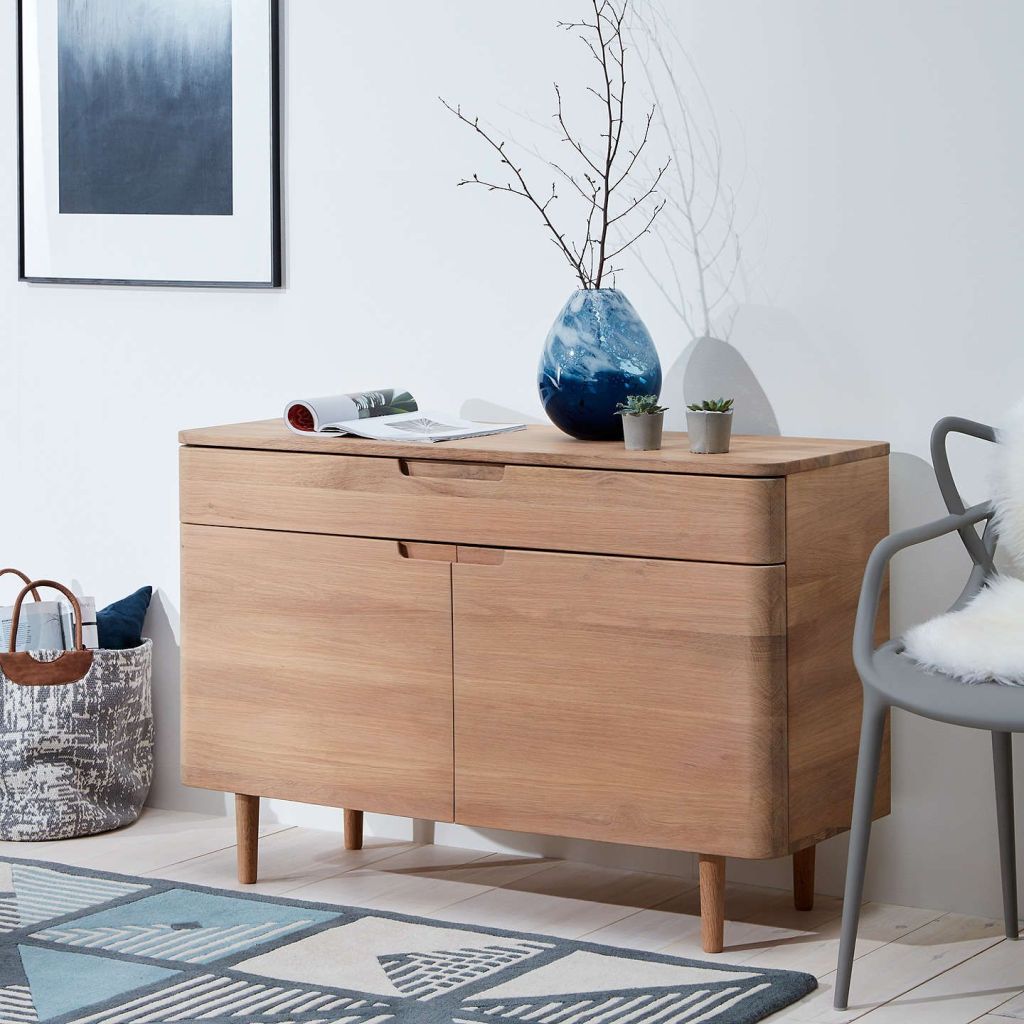
In preparation for our much-anticipated overseas journey, my wife and I found ourselves weaving through the vibrant heart of Sydney’s Pitt Street Mall. Between acquiring an international driver’s license and perusing the sleek lines of men’s pants at Uniqlo, we stumbled upon a delightful serendipity at Milligram within the storied Dymocks Building. It was here, amidst an array of carefully curated stationery, that I rekindled my appreciation for the Moleskine Hardcover notebook—a staple of design that transcends its simple function.
A Canvas for Creativity
Moleskine notebooks have long been the quintessential companion for artists, writers, and thinkers. The smooth, ruled pages of a Moleskine beckon the pen, offering a tangible connection to the storied past of the decorative and applied arts. Each page is a blank canvas, inviting users to fill it with thoughts, sketches, and memories. The sturdy yet unassuming hardcover encases these personal expressions, symbolizing the marriage of durability and design.
Embed from Getty ImagesThe Sensory Experience of Writing
As I held the notebook, the cover’s texture and the crispness of the pages between my fingers evoked a sense of nostalgia. In our digital age, physical writing can feel like a lost art. The Moleskine notebook reminds us of the romance and intimacy of the written word—the way our ideas flow more organically when transcribed by hand, the slight pressure as the pen embosses words onto paper, and the satisfaction of flipping through pages filled with one’s handwriting.
Design and Mental Well-Being
Writing in a notebook like Moleskine’s can be a meditative and therapeutic practice, serving as a private retreat from the digital cacophony that clamours for our attention. It is a testament to how design, even in its simplest form, can influence our mental well-being. The notebook becomes a sanctuary for the mind, where thoughts can be organized, emotions can be processed, and creativity can flourish unimpeded.

Aesthetics and Functionality in Harmony
Moleskine notebooks exemplify how design can seamlessly blend aesthetics with functionality. The elastic closure, ribbon bookmark, and expandable inner pocket are design choices that serve practical needs while contributing to the notebook’s elegant appearance. This blend of form and function reflects the ethos of applied arts—creating objects that are not only beautiful to behold but also serve a purpose in our daily lives.
The Legacy of Moleskine
As we prepare for our travels, the Moleskine notebook stands ready to document our experiences. It is a testament to the enduring legacy of design objects that have stood the test of time. From the bustling streets of Milan, where the Moleskine tradition began, to the modern-day Dymocks Building in Sydney, these notebooks continue to inspire and captivate.
Inviting Engagement
Have you ever found solace in the simple act of writing? Does the tactile experience of pen on paper influence your thoughts and creativity? I invite you to share your experiences with the romance of the written word on my blog, Encyclopedia Design. Let’s delve into the dialogue of how design—in even the most commonplace objects—enriches our lives and nurtures our well-being.
More on Functional Design
Erik Bryggman: Pioneer of Finnish Functionalism
Erik Bryggman was a Finnish architect pivotal in modern functionalist architecture, blending classical and modern styles, with significant works like Resurrection Chapel and Åbo Akademi Library.
Keep readingThe PIFCO 1960 Electric Massager: A Look Back at Vintage Personal Care Technology
The PIFCO Electric Massager from the 1960s represents early personal care innovation, reflecting mid-century consumer trends and marketing claims of health benefits for various ailments.
Keep readingThe Hoosier Kitchen Cabinet: Revolutionizing the American Kitchen
The Hoosier Kitchen Cabinet revolutionized early 20th-century kitchen efficiency, empowering homemakers and becoming a beloved vintage design icon.
Keep readingRaymond Hood: Shaping the Skyline of Modern America
Raymond Hood, a pivotal American architect, significantly influenced 20th-century urban architecture through his Art Deco skyscrapers like Rockefeller Center and Tribune Tower, merging function with artistry.
Keep readingThe Streamliner Meat Slicer: A Masterpiece of American Industrial Design
The Streamliner Meat Slicer, designed in the 1930s, exemplifies American industrial design’s blend of aesthetics and functionality, showcasing sleek materials and innovative engineering.
Keep readingThe Champagne Chair: A Toast to Timeless Modernism
The Champagne Chair, designed by Erwine and Estelle Laverne in 1957, blends transparency and modern materials, symbolizing mid-century design innovation and timeless elegance.
Keep readingFrank Lloyd Wright’s Peacock Chair: The Art & Influence of His Iconic Designs
The Peacock Chair, designed by Frank Lloyd Wright for Tokyo’s Imperial Hotel, showcases geometric elegance and embodies his Mayan Revival style, merging function with artistic innovation.
Keep readingItalian Rationalism: The Essence of Modernist Design
Italian Rationalism, emerging in the 1920s-1930s, emphasized logic and functionality in architecture and decorative arts, influencing contemporary minimalist design and prioritizing form and function.
Keep readingEbbe Gehl: Icon of Scandinavian Furniture Design
Ebbe Gehl (1943–2023) was a renowned Danish furniture designer known for blending simplicity, functionality, and traditional craftsmanship, significantly impacting modern Scandinavian design.
Keep readingFrom Geologist to Furniture Designer: Sergio Savarese’s Journey
Sergio Savarese (1958–2006) was an influential Italian furniture designer who co-founded Dialogica, merging classical styles with vibrant designs, leaving a lasting legacy in contemporary furniture.
Keep readingRelated Article
Discover more from Encyclopedia of Design
Subscribe to get the latest posts sent to your email.









